Tetsushi Ohki
Leveraging Intermediate Features of Vision Transformer for Face Anti-Spoofing
May 30, 2025Abstract:Face recognition systems are designed to be robust against changes in head pose, illumination, and blurring during image capture. If a malicious person presents a face photo of the registered user, they may bypass the authentication process illegally. Such spoofing attacks need to be detected before face recognition. In this paper, we propose a spoofing attack detection method based on Vision Transformer (ViT) to detect minute differences between live and spoofed face images. The proposed method utilizes the intermediate features of ViT, which have a good balance between local and global features that are important for spoofing attack detection, for calculating loss in training and score in inference. The proposed method also introduces two data augmentation methods: face anti-spoofing data augmentation and patch-wise data augmentation, to improve the accuracy of spoofing attack detection. We demonstrate the effectiveness of the proposed method through experiments using the OULU-NPU and SiW datasets.
Measuring Intrinsic Dimension of Token Embeddings
Mar 04, 2025Abstract:In this study, we measure the Intrinsic Dimension (ID) of token embedding to estimate the intrinsic dimensions of the manifolds spanned by the representations, so as to evaluate their redundancy quantitatively compared to their extrinsic dimensionality. In detail, (1) we estimate the ID of token embeddings in small-scale language models and also modern large language models, finding that the embedding spaces often reside on lower-dimensional manifolds compared to their extrinsic dimensionality; (2) we measure the ID across various model sizes and observe an increase in redundancy rates as the model scale grows; (3) we measure the dynamics of IDs during the training process, and find a rapid ID drop in the early stages of training. Moreover, (4) when LoRA is applied to the embedding layers, we observe a sudden drop in perplexity around the estimated IDs, suggesting that the ID can serve as a useful guideline for LoRA application.
Enhancing Remote Adversarial Patch Attacks on Face Detectors with Tiling and Scaling
Dec 11, 2024
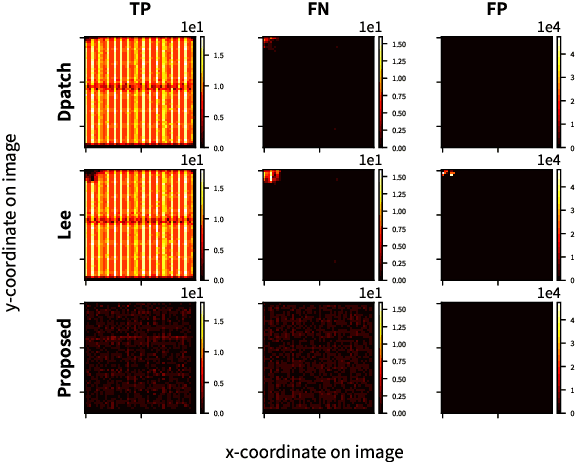
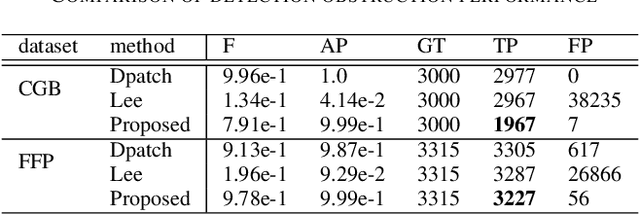
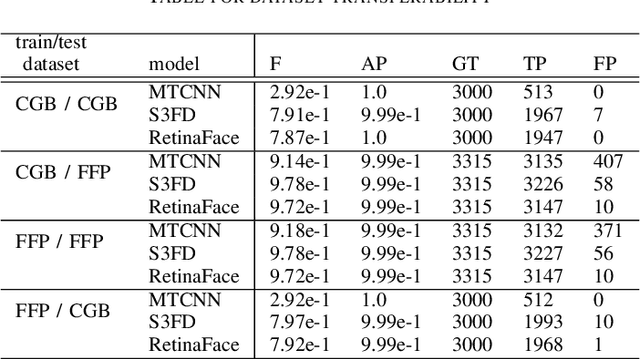
Abstract:This paper discusses the attack feasibility of Remote Adversarial Patch (RAP) targeting face detectors. The RAP that targets face detectors is similar to the RAP that targets general object detectors, but the former has multiple issues in the attack process the latter does not. (1) It is possible to detect objects of various scales. In particular, the area of small objects that are convolved during feature extraction by CNN is small,so the area that affects the inference results is also small. (2) It is a two-class classification, so there is a large gap in characteristics between the classes. This makes it difficult to attack the inference results by directing them to a different class. In this paper, we propose a new patch placement method and loss function for each problem. The patches targeting the proposed face detector showed superior detection obstruct effects compared to the patches targeting the general object detector.
Multibiometrics Using a Single Face Image
Sep 30, 2024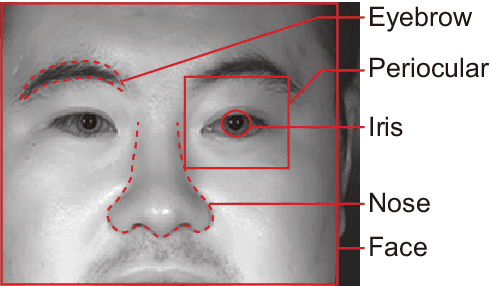
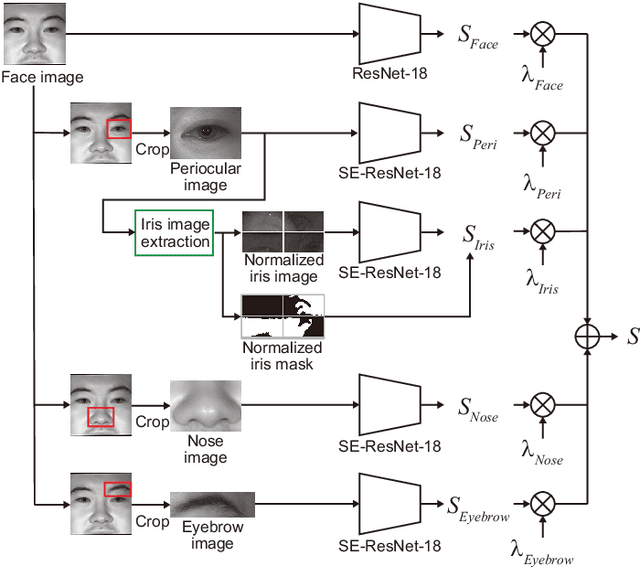
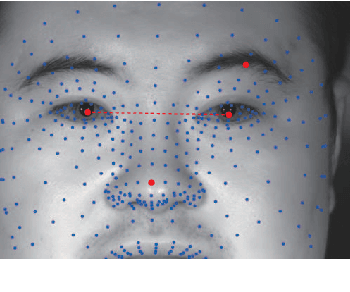
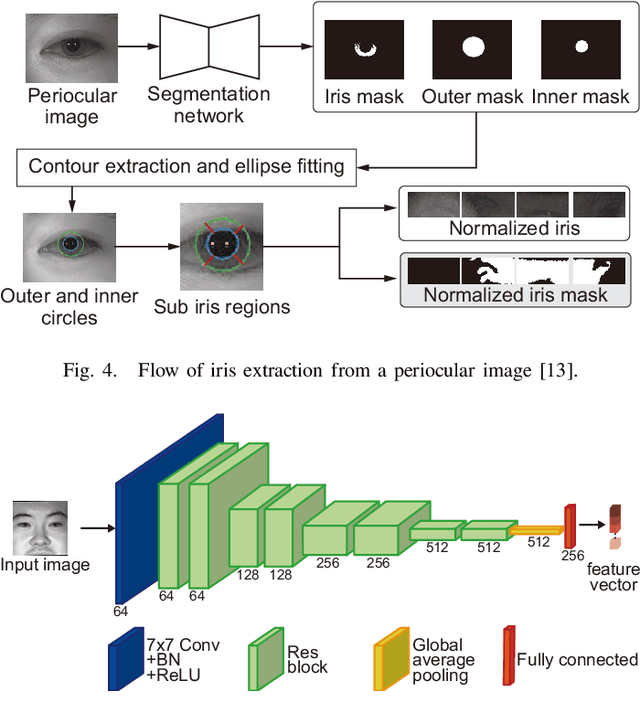
Abstract:Multibiometrics, which uses multiple biometric traits to improve recognition performance instead of using only one biometric trait to authenticate individuals, has been investigated. Previous studies have combined individually acquired biometric traits or have not fully considered the convenience of the system.Focusing on a single face image, we propose a novel multibiometric method that combines five biometric traits, i.e., face, iris, periocular, nose, eyebrow, that can be extracted from a single face image. The proposed method does not sacrifice the convenience of biometrics since only a single face image is used as input.Through a variety of experiments using the CASIA Iris Distance database, we demonstrate the effectiveness of the proposed multibiometrics method.
A Human-Centered Risk Evaluation of Biometric Systems Using Conjoint Analysis
Sep 17, 2024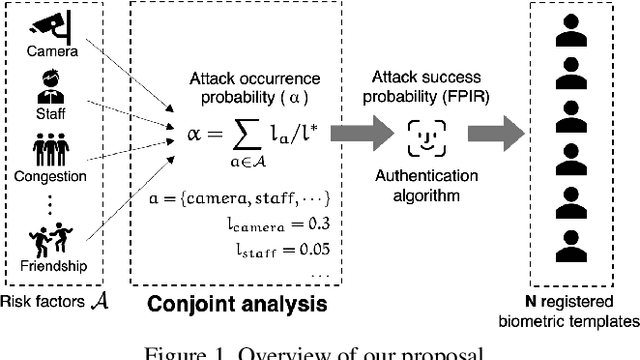
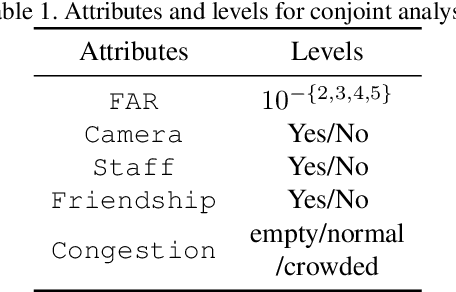
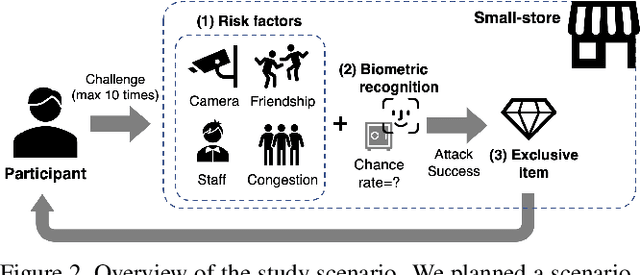
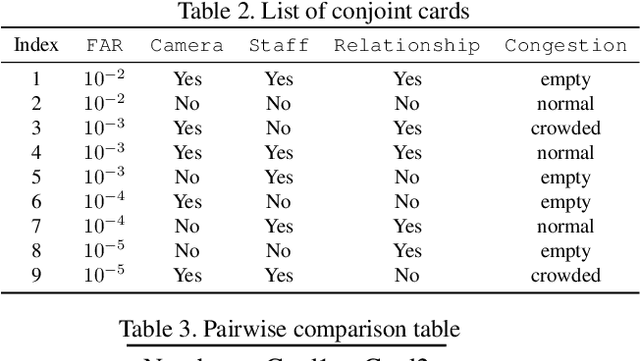
Abstract:Biometric recognition systems, known for their convenience, are widely adopted across various fields. However, their security faces risks depending on the authentication algorithm and deployment environment. Current risk assessment methods faces significant challenges in incorporating the crucial factor of attacker's motivation, leading to incomplete evaluations. This paper presents a novel human-centered risk evaluation framework using conjoint analysis to quantify the impact of risk factors, such as surveillance cameras, on attacker's motivation. Our framework calculates risk values incorporating the False Acceptance Rate (FAR) and attack probability, allowing comprehensive comparisons across use cases. A survey of 600 Japanese participants demonstrates our method's effectiveness, showing how security measures influence attacker's motivation. This approach helps decision-makers customize biometric systems to enhance security while maintaining usability.
LabellessFace: Fair Metric Learning for Face Recognition without Attribute Labels
Sep 14, 2024
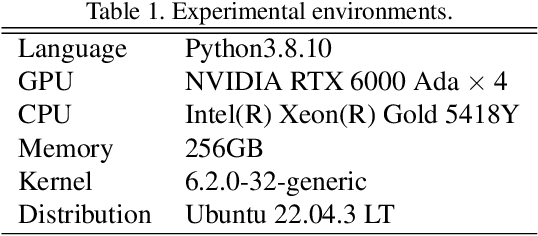


Abstract:Demographic bias is one of the major challenges for face recognition systems. The majority of existing studies on demographic biases are heavily dependent on specific demographic groups or demographic classifier, making it difficult to address performance for unrecognised groups. This paper introduces ``LabellessFace'', a novel framework that improves demographic bias in face recognition without requiring demographic group labeling typically required for fairness considerations. We propose a novel fairness enhancement metric called the class favoritism level, which assesses the extent of favoritism towards specific classes across the dataset. Leveraging this metric, we introduce the fair class margin penalty, an extension of existing margin-based metric learning. This method dynamically adjusts learning parameters based on class favoritism levels, promoting fairness across all attributes. By treating each class as an individual in facial recognition systems, we facilitate learning that minimizes biases in authentication accuracy among individuals. Comprehensive experiments have demonstrated that our proposed method is effective for enhancing fairness while maintaining authentication accuracy.
PDH : Probabilistic deep hashing based on MAP estimation of Hamming distance
May 21, 2019


Abstract:With the growth of image on the web, research on hashing which enables high-speed image retrieval has been actively studied. In recent years, various hashing methods based on deep neural networks have been proposed and achieved higher precision than the other hashing methods. In these methods, multiple losses for hash codes and the parameters of neural networks are defined. They generate hash codes that minimize the weighted sum of the losses. Therefore, an expert has to tune the weights for the losses heuristically, and the probabilistic optimality of the loss function cannot be explained. In order to generate explainable hash codes without weight tuning, we theoretically derive a single loss function with no hyperparameters for the hash code from the probability distribution of the images. By generating hash codes that minimize this loss function, highly accurate image retrieval with probabilistic optimality is performed. We evaluate the performance of hashing using MNIST, CIFAR-10, SVHN and show that the proposed method outperforms the state-of-the-art hashing methods.
Cancelable Indexing Based on Low-rank Approximation of Correlation-invariant Random Filtering for Fast and Secure Biometric Identification
Apr 05, 2018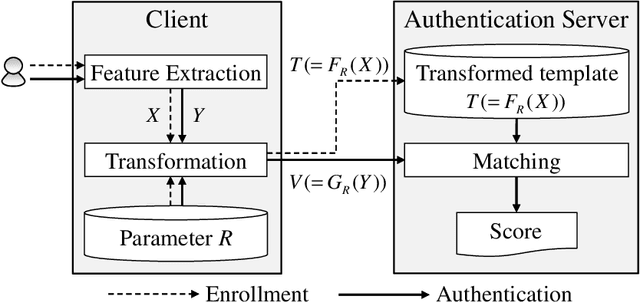



Abstract:A cancelable biometric scheme called correlation-invariant random filtering (CIRF) is known as a promising template protection scheme. This scheme transforms a biometric feature represented as an image via the 2D number theoretic transform (NTT) and random filtering. CIRF has perfect secrecy in that the transformed feature leaks no information about the original feature. However, CIRF cannot be applied to large-scale biometric identification, since the 2D inverse NTT in the matching phase requires high computational time. Furthermore, existing biometric indexing schemes cannot be used in conjunction with template protection schemes to speed up biometric identification, since a biometric index leaks some information about the original feature. In this paper, we propose a novel indexing scheme called "cancelable indexing" to speed up CIRF without losing its security properties. The proposed scheme is based on fast computation of CIRF via low-rank approximation of biometric images and via a minimum spanning tree representation of low-rank matrices in the Fourier domain. We prove that the transformed index leaks no information about the original index and the original biometric feature (i.e., perfect secrecy), and thoroughly discuss the security of the proposed scheme. We also demonstrate that it significantly reduces the one-to-many matching time using a finger-vein dataset that includes six fingers from 505 subjects.
 Add to Chrome
Add to Chrome Add to Firefox
Add to Firefox Add to Edge
Add to Edge